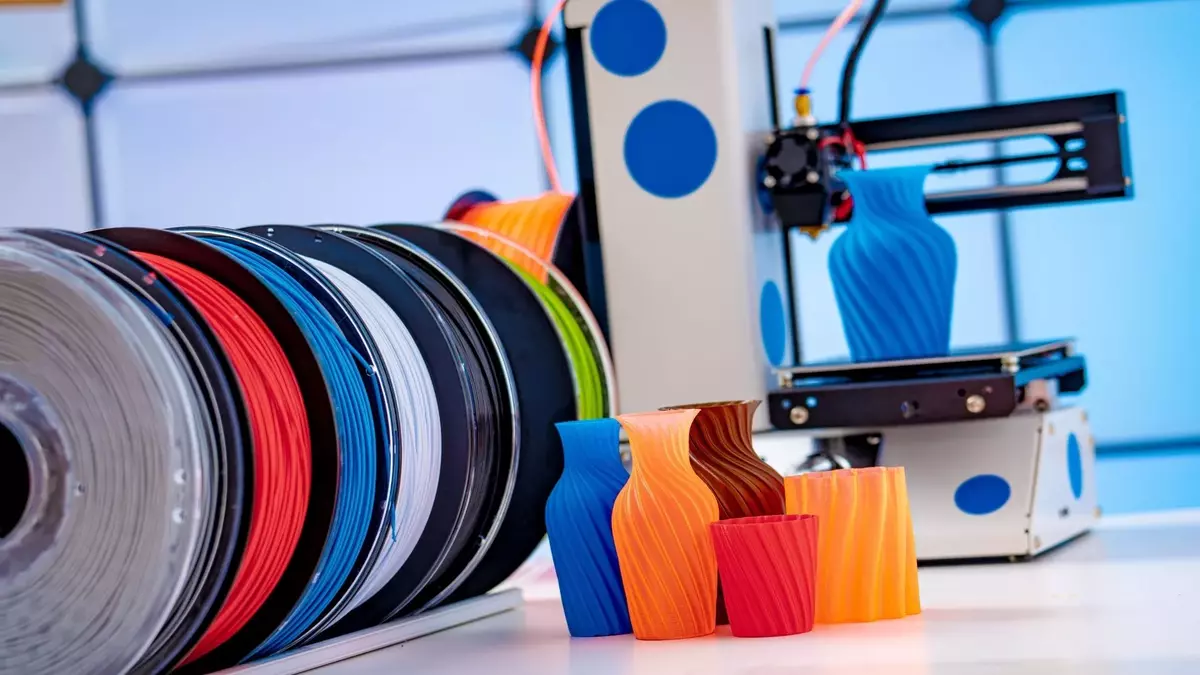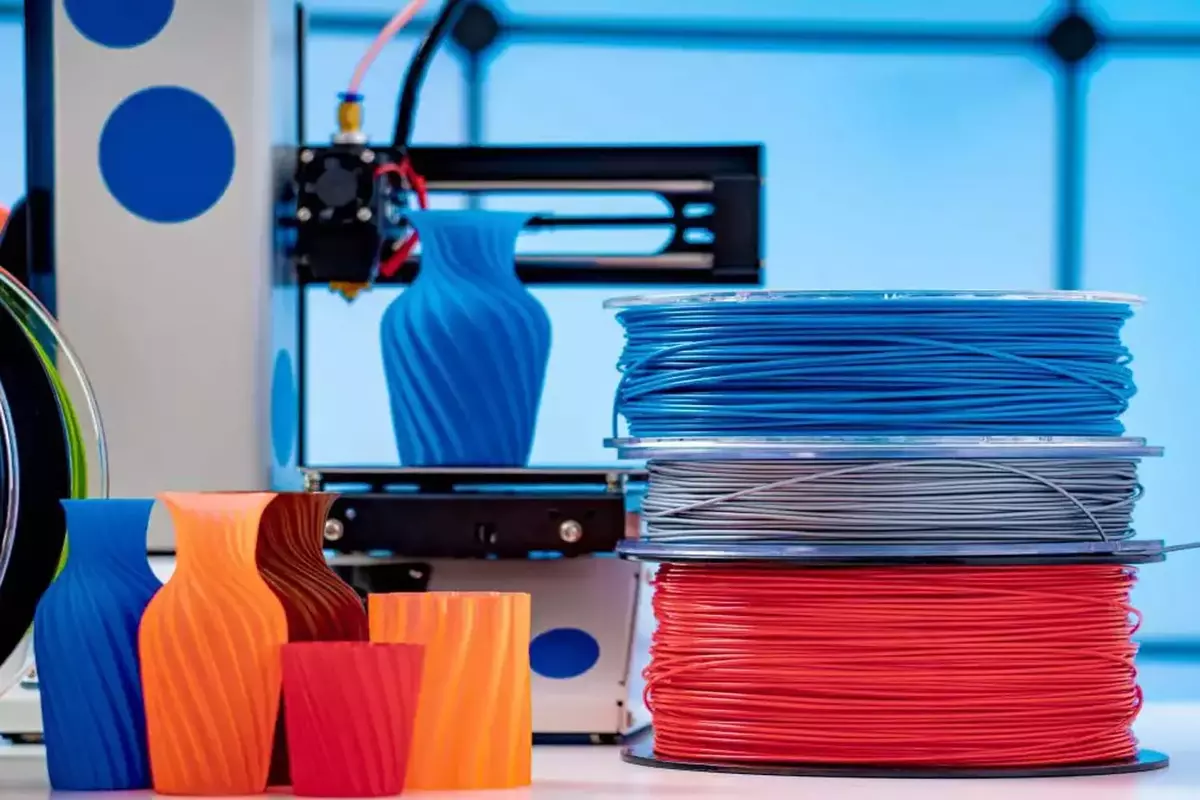In order to make filament spools for a 3D printer there are different types. Each one offers certain properties and characteristics, but they also include specific usage conditions. Before you purchase filament is important to know the melting temperature and the temperature range that your 3D printer’s nozzle can attain.
When it comes to functionality, 3D printers are pretty straightforward. You have to load a 3D design and initiate the printing. The filament is then drawn into the extruder, heated, and then extruded through the nozzle. To create the object according to the input file the printer moves continuously. The most common mistake is not taking into account the nozzle and filament temperatures. Each nozzle has a maximum operating temperature, and filament has a range of temperatures at which it melts. If the melting temperature of the material is higher than the extruder’s nozzle temperature, there’s a problem.

The temperatures and how to choose the right filament for a 3D printer
Before you purchase a filament, you have to know the melting temperature and the nozzle’s extruder temperature. In case the material’s temperature exceeds your 3D printer’s capability, the results will be disastrous. It can lead to a blockage that requires replacing the entire extruder or a defective print.
In order to avoid this issue, we explore the melting temperatures of several filaments. It’s important to always check the specifications before buying. The melting temperature of the material should always be listed. If the filament vendor does not provide the temperature ranges, you should look for another vender. It’s a crucial parameter when buying a 3D printer filament.
PLA (Polylactic Acid)
This is currently the most popular due to its ease of use, non-toxic nature, and biodegradability. It’s derived from corn starch. The melting temperature ranges from 180°C to 230°C. It’s thanks to these temperatures that the compatibility is higher with almost all market-available extruders.
ABS (Acrylonitrile Butadiene Styrene)
Another very popular and extensively used in industries like mobile phones and automobiles. It’s known for its flexibility and good impact resistance. It’s a material that withstands temperatures between -20°C and up to 80°C after processing. Although it’s useful, it also has certain drawbacs. ABS is toxic so you should use It in a well-ventilated area or, ideally, in a closed 3D printer. The filament requires melting temperatures between 210°C and 250°C. You should also note that it tends to deform when cooling and it can potentially ruin the print.
PETG (Polyethylene Terephthalate)
This kind of material is used to make plastic bottles found in supermarkets. It’s inert and ideal for creating food-contact parts. It offers a good resistance and is semi-rigid. It doesn’t release odors during printing. Being 100% recyclable, many users collect bottles to create filament at no cost. PETG melts at temperatures that range from 220°C to 250°C.
Nylon
Another filament for a 3D printer is nylon. It offers you high hardness, flexibility and durability. It’s used primarily in industries and comes with the drawback of being difficult to use and needing open spaces. The operating temperatures range from 240°C to 260°C.
PC (Polycarbonate)
PC is a widely used material for engineering applications. It can withstand high temperatures, but it tends to absorb moisture from the air. It requires storing it in airtight containers to maintain performance and strength. The challenge when using PC in 3D printers is that it needs temperatures that go from 270°C to 310°C to melt.
TPU (Thermoplastic Polyurethane)
This quite flexible and durable material is very common in the automotive industry. It’s a derivative of rubber (TPE) that offers greater rigidity and durability. It’s often used to make smartphone cases. The good news is that it requires melting temperatures between 210°C and 230°C which is quite similar to PLA.
ASA (Acrylonitrile Styrene Acrylate)
ASA is similar in characteristics and properties to ABS but with greater UV resistance. It’s excellent for creating parts exposed to the elements, although it absorbs moisture. It is also toxic, so it requires well-ventilated spaces or enclosed 3D printers. There are two types of ASA, affecting melting temperature.
- Unannealed: between 77°C and 102°C
- Annealed: between 88°C and 104°C
Conclusion
Finally, before buying filament for a 3D printer you have to be aware of its melting temperatures as not all filaments are the same. You need to know the extruder nozzle’s temperature capability. If it’s higher than the material’s temperature, it’s not an issue as you can adjust it. However, if the nozzle temperature is lower, you will have disastrous results.


Do you have any questions or problems related to the topic of the article? We want to help you.
Leave a comment with your problem or question. We read and respond to all comments, although sometimes it may take a while due to the volume we receive. Additionally, if your question inspires the writing of an article, we will notify you by email when we publish it.
*We moderate comments to avoid spam.
Thank you for enrich our community with your participation!